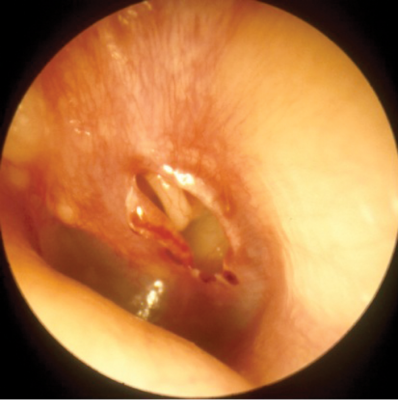
Ear barotrauma, also known as airplane ear, is that clogged-up, sometimes painful feeling you get in your ears when the air pressure changes quickly.
It’s the biggest health problem for people who fly. And it can be especially painful for babies and young kids because their ears aren’t fully developed.
Ear barotrauma also can happen when you ride in an elevator or drive in the mountains. It can happen in the water, too. Scuba divers call it “ear squeeze.” As a diver goes deeper underwater, the pressure in the middle ear (the part behind the eardrum) is “squeezed” by the increasing pressure of the water from outside.
The middle ear is an air-filled space formed by bone and the eardrum. It is connected to the back of the nose by a tunnel called the eustachian tube. Outside air passing through the eustachian tube keeps the pressure in the middle ear equal to that of the outside world. If the eustachian tube malfunctions and there’s a pressure difference across the eardrum, pain or ear squeeze happens.
Airplane ear occurs when the air pressure in the middle ear and the air pressure in the environment don’t match, preventing your eardrum (tympanic membrane) from vibrating normally. A narrow passage called the eustachian tube, which is connected to the middle ear, regulates air pressure.
When an airplane climbs or descends, the air pressure changes rapidly. The eustachian tube often can’t react fast enough, which causes the symptoms of airplane ear. Swallowing or yawning opens the eustachian tube and allows the middle ear to get more air, equalizing the air pressure.
Credit : WebMD
Picture Credit : Google




